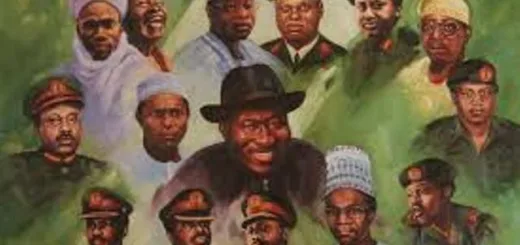Various Local Government Systems Explained
We shall explain at length various local government systems of the following countries: France, Britain and Nigeria.
THE FRENCH LOCAL GOVERNMENT SYSTEM
The French local government system is much linked to the central government. It is an extension of the central government and there is no distinction between the functions performed by the central and local governments.
The local government is headed by an elected mayor chosen by residents of the local government area. The mayor is subordinate to the prefect who is a professional civil servant and representative of the central government.
The prefect provides local services to the people and has power to approve the policies, programmes and bylaws of the councils before they could be implemented.
He also exercises veto power to override the policies and programmes he considers unfit for implementation. The French local government system is called the commune.
THE BRITISH SYSTEM
British local governments are more than mere representatives of the central government. They are powerful, democratic, and independent of the central government.
The local government councils comprise elected councilors and some experienced citizens who are elected into the councils by the councilors. The local government council in turn elects the chairman, who is the chief executive of the local government.
The local governments exercise local autonomy in the administration and implementation of policies and programmes that could benefit the people. Each local government council has the power to recruit permanent staff that implement the programmes of the council. The employees include engineers, accountants, public health and administrative officers.
The autonomy which the elected councils exercise is not absolute and unlimited. The central government has some measure of control over the activities of the councils in order to limit their functions and performance in line with the laws that established them.
Great Britain operates the multi-tier local government system, which involves the existence of different local authorities such as the borough, county, municipal borough and urban or rural districts.
Under this system, two or more of these authorities could be involved in the provision of social amenities to the people the same locality at the same time.
THE NIGERIAN SYSTEM
Nigeria has experimented with different systems of local government since the amalgamation of the northern and southern parts of the country in 1914. However, in 1976, the Murtala/Obasanjo administration introduced a new, uniform system of local government administration throughout the country as a means of harmonizing and unifying their structure and functions.
Each local government council was in charge of a geographical area, and the chairman and other councilors were popularly elected into the councils by the electorate in the area. The reforms also excluded the chiefs and traditional rulers from the administrative machinery of the local governments.
The 1988 local government amendment decree provided that aspirants for chairmanship seats must contest elections with a vice-chairman. The local government areas were divided into wards for the purpose of electing councilors (lawmakers).
There was a mini-cabinet comprising the council chairman. vice-chairman and supervisory councilors to control the various departments, eg. health and education.
